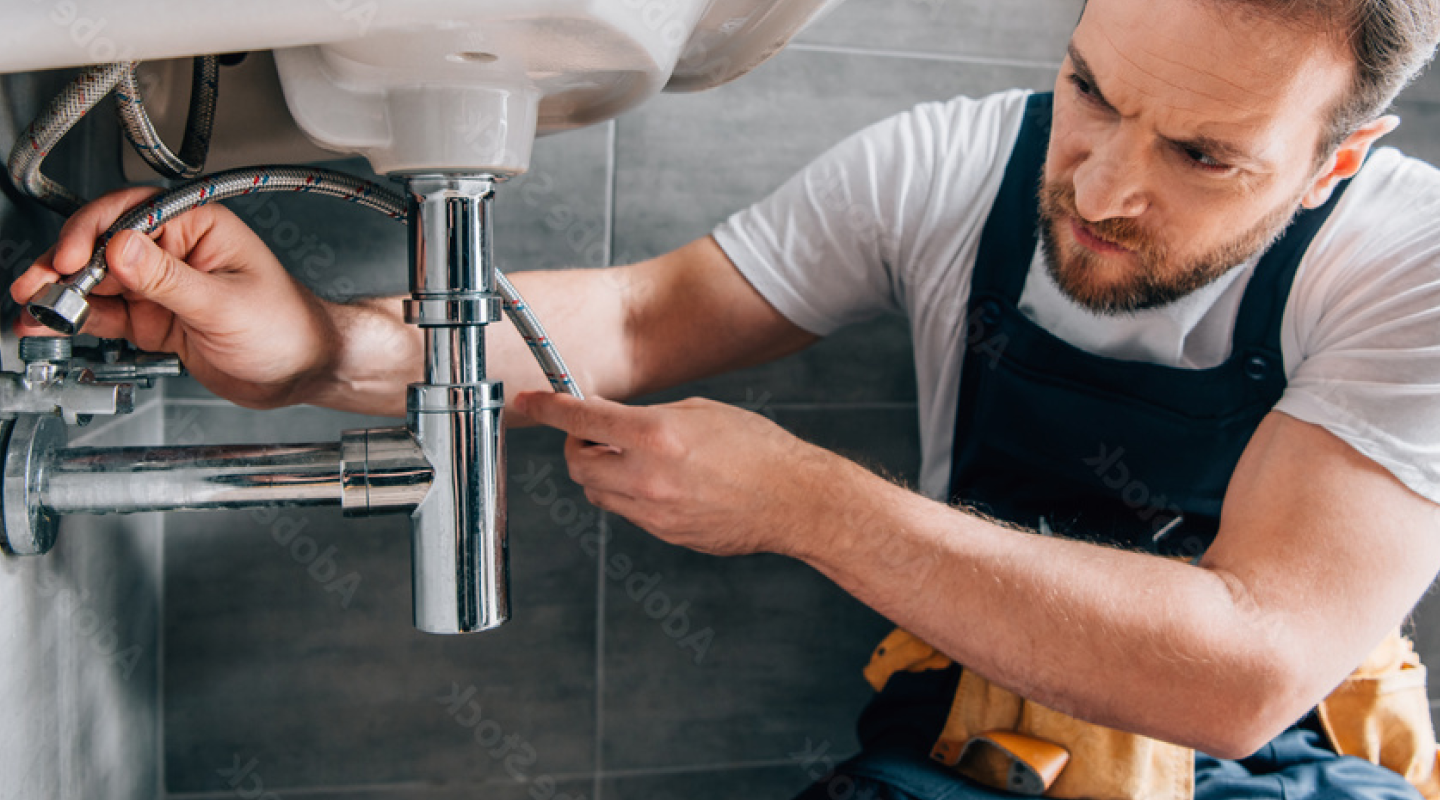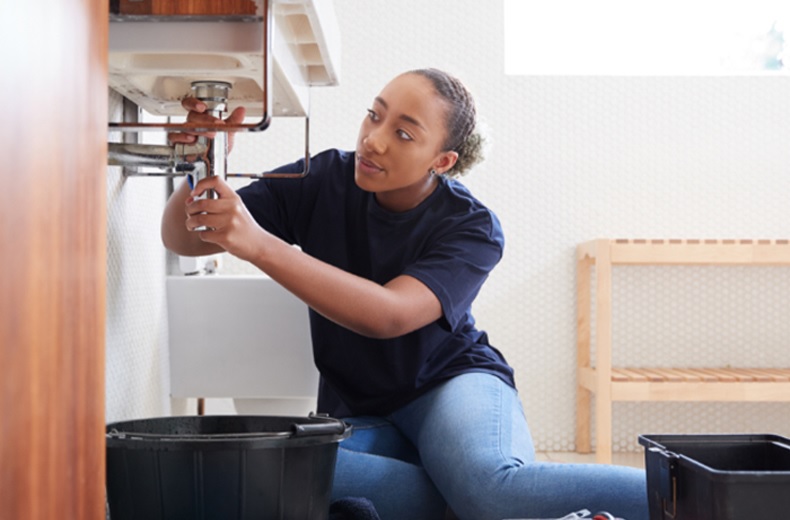A Step-by-Step Overview to Reliable Hot Water Heater Setup for Optimal Efficiency
Starting the task of setting up a hot water heater is a venture that requires accuracy and an organized approach for attaining optimum performance. The procedure begins with the vital choice of choosing the ideal heater customized to the certain requirements of your household, thinking about variables such as kind, size, and power source. When picked, preparing the installation area to satisfy safety requirements is critical. Nevertheless, the journey doesn't end below. As you proceed, the complexities of connecting water lines and setting up reputable electric or gas links wait for, appealing understandings into making sure effectiveness and dependability.
Choosing the Right Water Heater

Following, consider the size and capacity of the hot water heater. It's essential to examine your home's hot water requirements, which can differ based upon the number of passengers and their usage patterns. A device that's as well little may result in not enough warm water, while an extra-large model might cause unnecessary power consumption.
Performance rankings likewise play a critical duty in selection. Seek water heating units with high Power Element (EF) rankings, indicating superior efficiency and decreased energy use. Tankless designs, though usually a lot more costly ahead of time, deal significant energy savings with time because of their on-demand heating capacities.
Preparing the Installation Location
Before setting up a new water heating system, meticulous preparation of the setup location is vital. It's critical to gauge the space carefully to accommodate the water heater's measurements, making certain appropriate clearance around the unit for effective procedure and servicing.
Following, eliminate any kind of particles, dirt, or obstructions from the site to produce a tidy environment. Inspect the flooring for security, as the hot water heater will certainly require a strong, degree surface to operate successfully. If necessary, set up a drip pan beneath the device to capture potential leakages or spills, stopping water damage to the surrounding location. In regions susceptible to seismic task, think about installing seismic bands to safeguard the heating system securely in location.
Additionally, ensure that all needed tools and materials get on hand prior to starting the setup. This includes items such as wrenches, screwdrivers, a level, and any added hardware needed for securing the heating unit and mounting. A well-prepared installment location sets the structure for a successful hot water heater configuration, optimizing efficiency and safety.
Connecting Water System Lines
When attaching water lines to your newly installed hot water heater, it is crucial to guarantee that all connections are safe and secure and leak-free to preserve reliable procedure and avoid water damages. Begin by determining the hot and cold water supply lines. The cool water inlet is generally noted with a blue tag or a "C", while the hot water outlet is marked with a red label or an "H".
Usage flexible hot water heater connectors to promote a less complicated setup procedure. These adapters can take in resonance and permit minor webpage activity, lowering the danger of leakages. Before attaching the ports, put a plumber's tape around the threaded ends of the water heating unit's inlet and electrical outlet pipes - Drain Cleaning Alabaster AL. This tape acts as a sealer, preventing leaks. Very carefully attach the flexible hoses to the corresponding inlet and electrical outlet, ensuring that they are tight but not over-tightened, which can damage the threads.
Once connections are in place, gradually activate the main water system shutoff. Inspect each link for leakages by visually examining and feeling for wetness. Tighten links as necessary, and make certain the pressure safety valve is properly installed, safeguarding versus extreme pressure build-up.
Setting Up Electric or Gas Connections
Effectively establishing the electric or gas connections for your hot water heater is an essential action to guarantee safe and efficient procedure. For electric water heating units, start by validating that the electrical circuit is compatible with the heating system's voltage and amperage demands. Ensure the power supply is transformed off at the breaker to stop accidents. Attach the electrical cords to the heating system following the supplier's circuitry representation. Normally, this includes linking the ground cord to the environment-friendly terminal, and the like this remaining wires to their matching terminals, securing each with wire nuts.
For gas water heating systems, safety and security is paramount. Connect the gas line to the water heating unit using a flexible gas connector, guaranteeing it is effectively threaded and secured with pipe joint compound or Teflon tape appropriate for gas links.
Once links are made, check for any kind of possible leakages. For gas lines, use a soapy water option to the joints; bubbles show a leakage. For electric links, double-check that all electrical wiring is safe and secure and properly insulated, preserving conformity with neighborhood electrical codes.
Adjusting and examining for Effectiveness
With the electric and gas connections safely in location, the following step is reviewing the functional performance of your water heating system. Begin by carefully turning on the water supply and making sure there are no leakages at any of the joints or valves.
Following, perform a comprehensive examination to make sure the home heating aspects or burner are operating correctly. For electrical heaters, use a multimeter to validate if the elements are attracting the appropriate current. In gas models, observe the burner flame; it ought to be steady and blue, indicating reliable combustion.
Adjust the settings as essential to eliminate inadequacies. Take into consideration carrying out insulation measures, such as including a water heater blanket, to even more improve performance by minimizing warmth loss. Additionally, inspect the anode pole's condition, as a shabby rod can lower efficiency and cause storage tank deterioration.
Conclusion
Efficient water heater installation is vital for ensuring optimum performance and energy financial savings. Securely attaching water supply lines and carefully establishing up electric or gas links minimize potential problems.

Correctly establishing up the electrical or gas connections for your water heating system is a critical action to make sure risk-free and effective operation. For electrical water heating systems, start by confirming that the electric circuit is compatible with the heating system's voltage and amperage demands. Connect the gas line to the water heating system making use of a flexible gas port, ensuring it is appropriately threaded and sealed with pipeline joint compound or Teflon tape appropriate for gas links.